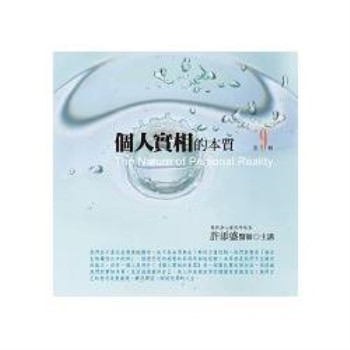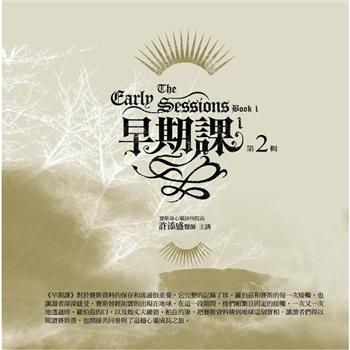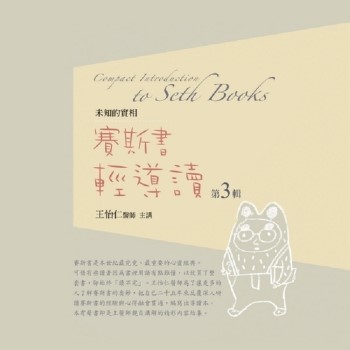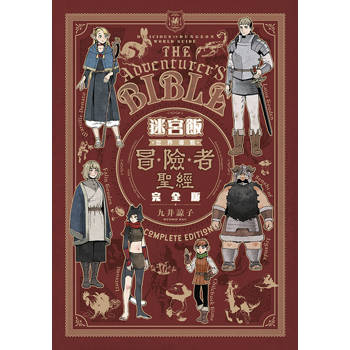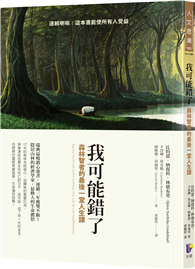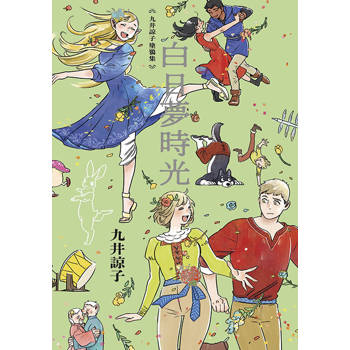Can traditional arts improve an older adult’s quality of life? Are arts interventions more effective when they align with an elder’s cultural identity? In Folklore and the Expressive Lives of Elders, Jon Kay and contributors from a diverse range of public institutions argue that such mediations work best when they are culturally, socially, and personally relevant to the participants.
From quilting and canning to weaving and woodworking, this book explores the role of traditional arts and folklore in the lives of older adults in the United States, highlighting the critical importance of ethnographic studies of creative aging for both understanding the expressive lives of elders and for designing effective arts therapies and programs. Each case study in this volume demonstrates how folklore and traditional practices help elders maintain their health and wellness, providing a road map for initiatives to improve the lives and well-being of America’s aging population.


